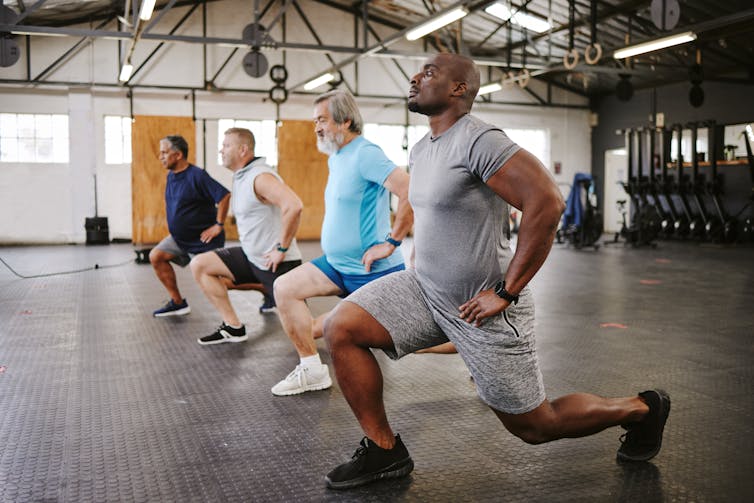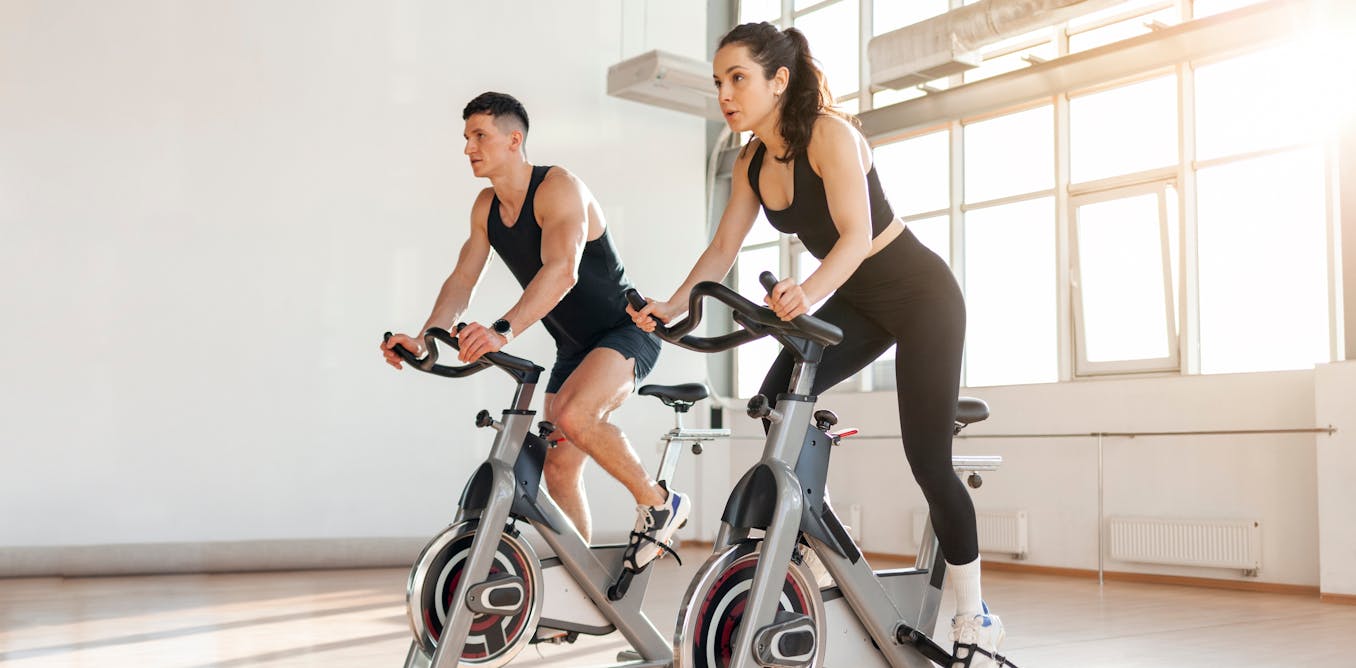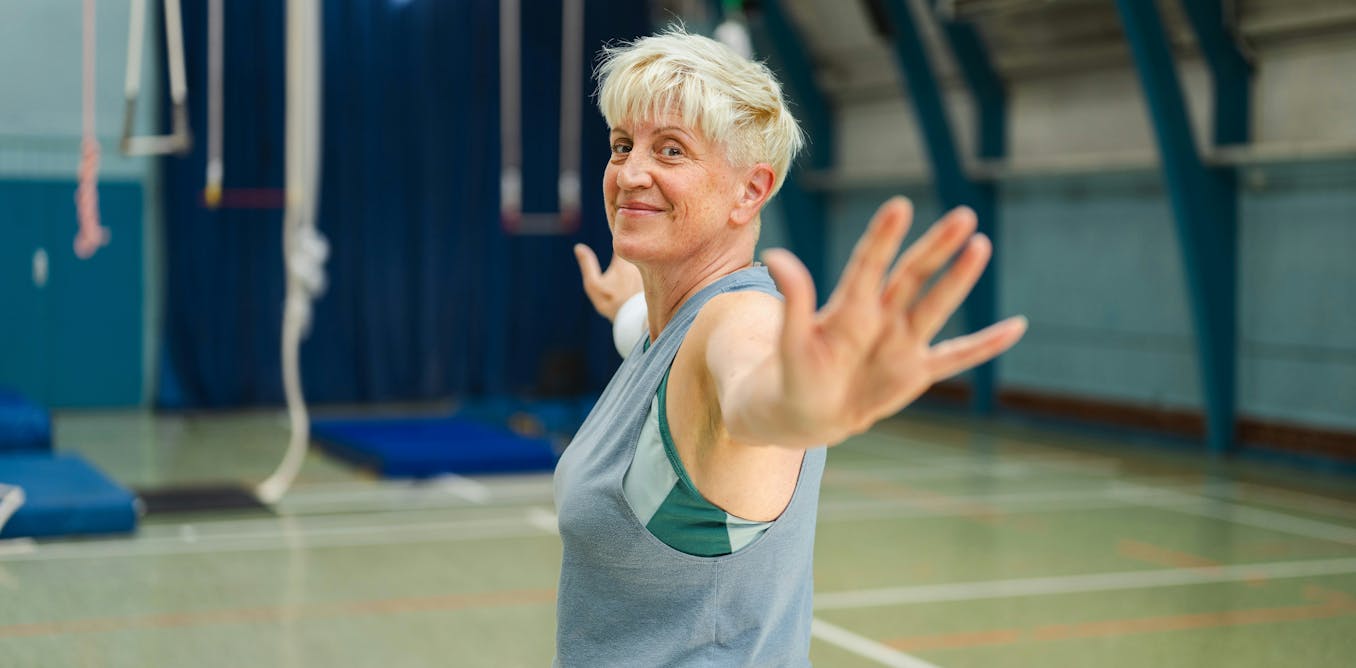In today’s fast-paced world, finding time for exercise can be challenging. This probably explains why short workouts continue to be so popular. But can workouts of only 10 or 15 minutes really help you get fit? The answer, according to research, is a resounding yes. Short workouts can be very effective – offering numerous health benefits with just a small time commitment.
Research has consistently demonstrated that short bursts of exercise can yield substantial health benefits. A study published in the European Heart Journal found that engaging in vigorous activity for just 15 minutes per week, broken into several short bouts – as little as two minutes of exercise per day – can significantly lower the risk of heart disease, cancer, and early death.
Participants who accumulated these brief sessions throughout the week experienced an 18% lower risk of dying during the study period, a 40% lower risk of developing heart disease and a 16% drop in cancer risk. Vigorous-intensity activities (meaning they make you breathe harder and increase your heart rate) can include brisk walking, jogging, cycling, rowing, swimming and dancing.
Get your news from actual experts, straight to your inbox. Sign up to our daily newsletter to receive all The Conversation UK’s latest coverage of news and research, from politics and business to the arts and sciences. Join The Conversation for free today.
Research has also consistently found that spreading one-minute bursts of vigorous-intensity activities throughout the course of the day is as effective as one continuous, 30-minute workout of moderate intensity or one 20-minute intense workout.
This means that performing multiple “exercise snacks” can provide similar benefits to a longer workout – including improvements in blood pressure, cardiorespiratory health, blood fat, insulin and blood sugar levels. These findings suggest that short workouts can be a practical and efficient way to maintain overall health.
Some examples of easy exercise snacks you can incorporate into your day include using the stairs instead of the lift, walking one or two bus stops away from where you usually get on and taking short, brisk walking breaks every hour or two while at the work.
Making it count
While short workouts have many advantages, there are some caveats to consider.
It’s essential that these brief sessions are of at least moderate-to-vigorous intensity to maximise their benefits. This means that even after a short burst of activity, your heart will be beating more quickly, you’ll be breathing heavier and you’ll feel hot and sweaty.
For exercise novices, lower intensity workouts can still be beneficial in the short term. But as you become more fit, simply performing light activities without challenging yourself further may not provide the same health improvements as more intense or longer exercise sessions.
Moreover, while short workouts can be effective, they should be complemented by other forms of physical activity to meet the recommended activity guidelines. Adults should aim for at least 150 minutes of moderate-intensity aerobic exercise or 75 minutes of vigorous-intensity aerobic exercise per week. They should also perform muscle-strengthening activities at least two days per week. Short workouts can contribute to these totals, but it’s crucial to ensure a balanced exercise routine.

PeopleImages.com – Yuri A/ Shutterstock
Another consideration is the potential plateau effect that can happen with any physical activity programme. Research indicates that improvements in aerobic capacity may level off after a few weeks of exercise. Our body becomes used to our exercise routines. As such, we need to change things up in order to promote further progress. This means varying your exercise routine and incorporating longer or more intense sessions periodically.
Where long workouts win
While short workouts offer many benefits, there are certain types of fitness that require longer sessions.
Endurance training, for example, often necessitates extended periods of exercise to improve high-intensity aerobic performance and cardiovascular health benefits. This is why activities such as long-distance running, cycling and swimming are typically performed over a longer duration. However, short, high-intensity exercise training can still be used alongside your usual, longer workouts to boost endurance benefits in a time-efficient way.
Strength training also benefits from longer workouts. While short, intense sessions can improve muscle strength and power, longer workouts allow for more comprehensive training targeting different muscle groups and incorporating various exercises. This can lead to greater overall muscle development and strength gains.
Additionally, flexibility and balance exercises, such as yoga and Pilates, can be added throughout the week to boost the results of your workouts. These activities focus on controlled movements and stretching, and can further improve these fitness components even in short sessions.
Even still, short workouts can be a valuable addition to your fitness regimen – offering significant health benefits and flexibility for busy schedules. But it’s important to ensure these short workouts are at least moderately intense, and combined with other types of exercise throughout your week to achieve optimal results.

The post “Can a 10- or 15-minute workout really help you get fit? A sports scientist explains” by Andrew Scott, Senior Lecturer in Cinical Exercise Physiology, University of Portsmouth was published on 05/07/2025 by theconversation.com




































Leave a Reply